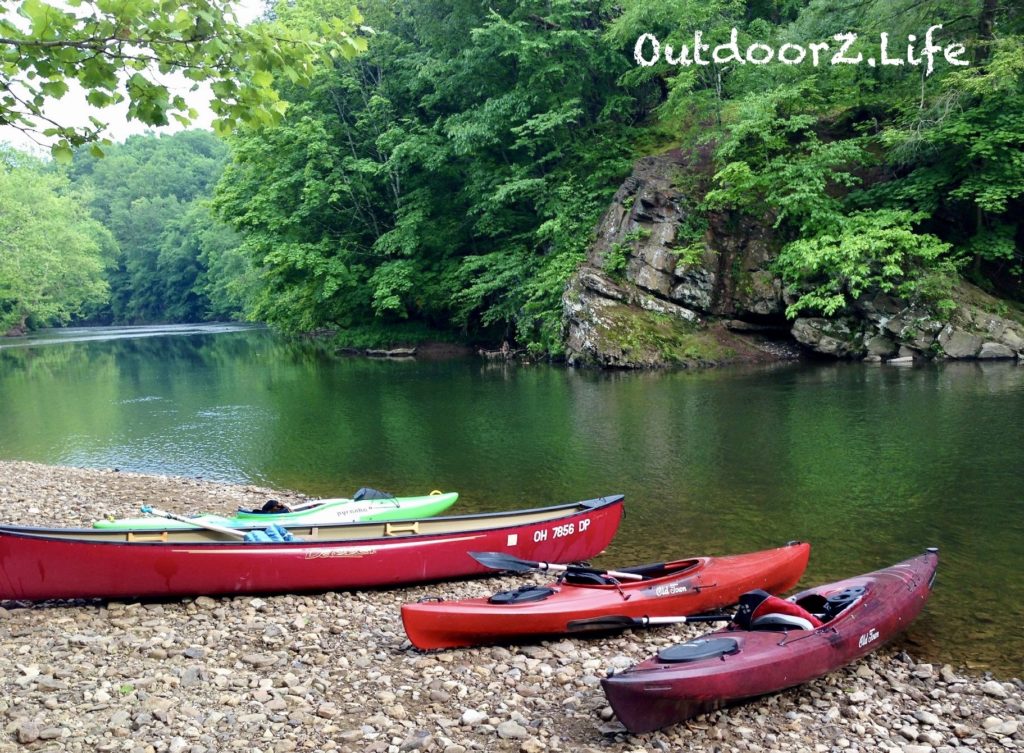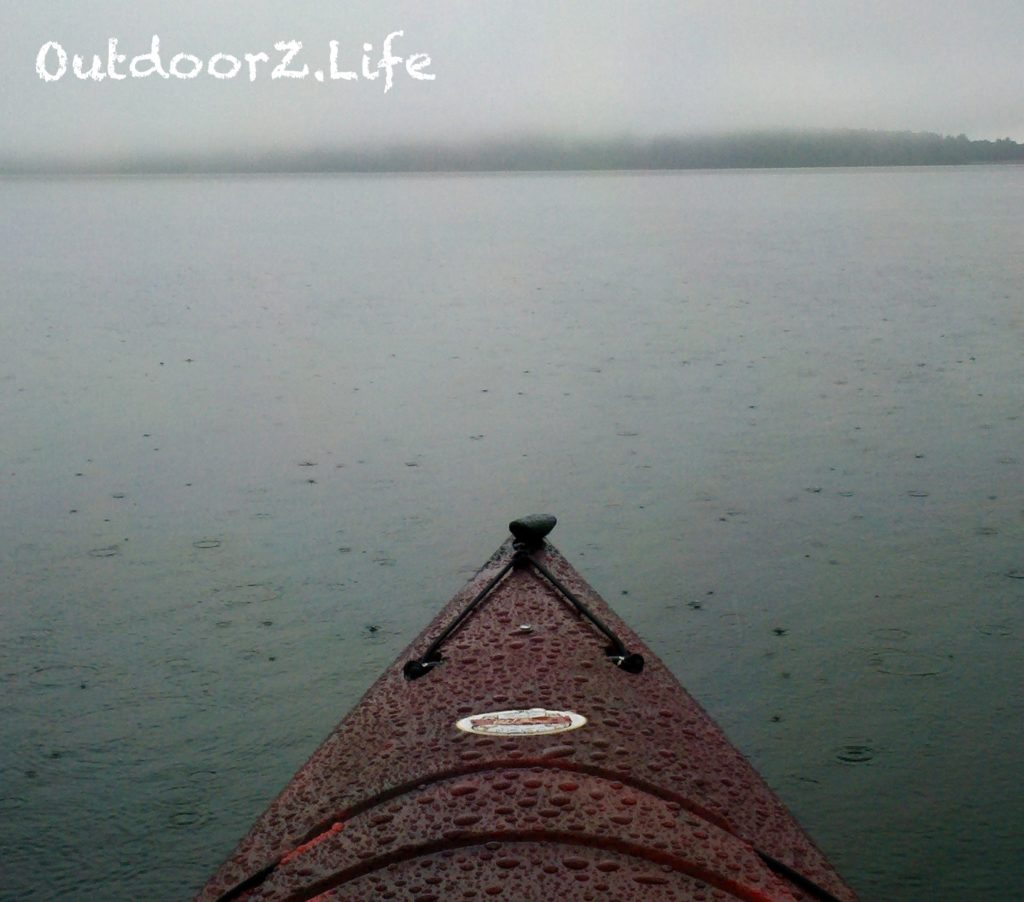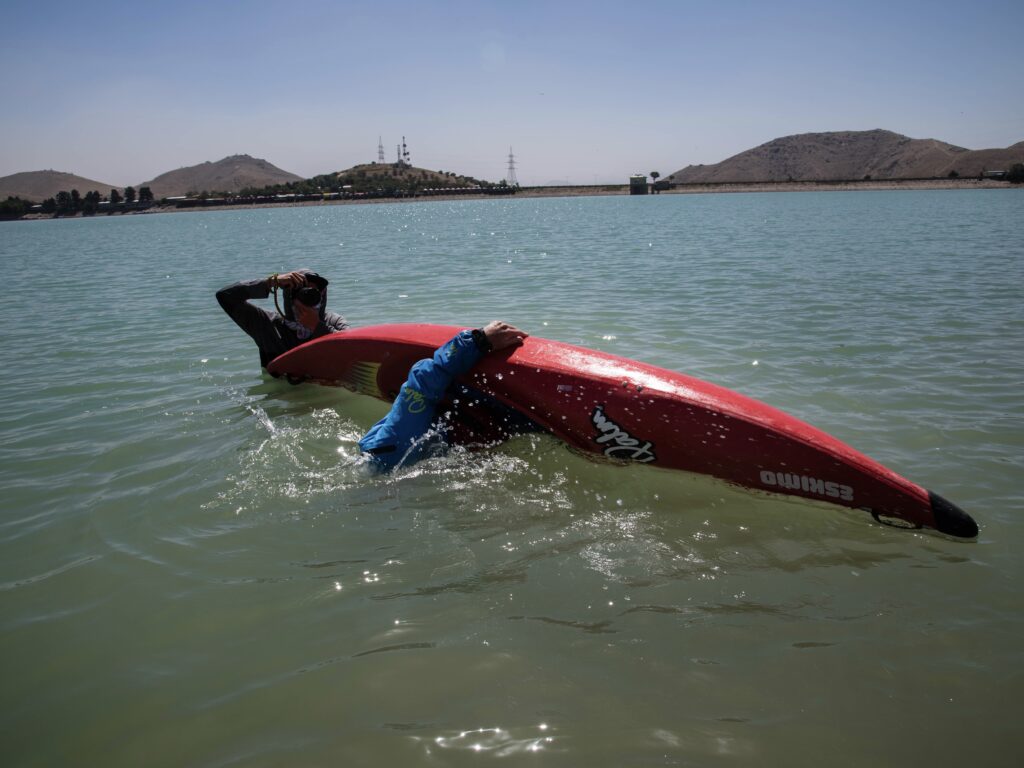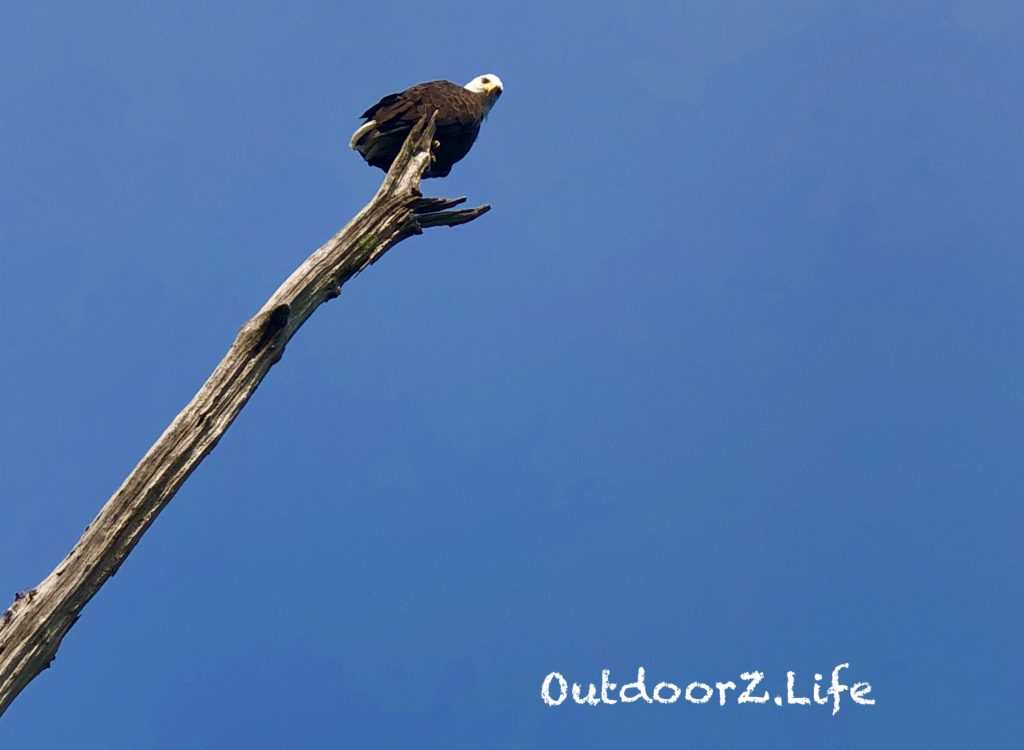Beginner kayaking basics include 8 things to consider that will help make your outing safe, fun, and something that you want to do again!
Here are 8 Beginner Kayaking Basics to get you started
1. Find a Kayaking Buddy
Kayaking can certainly be a solo activity, but it’s safer with a friend, especially if you are a beginner. If you’re new to the sport, it’s good to have a more experienced paddler by your side! Whether that’s a friend or a professional kayaking guide, you’ll find that a paddling buddy is a great way to safely learn beginner kayaking basics.

2. Dress Appropriately
To stay safe in the event of your kayak tipping, you’ll need to dress for the water temperature and conditions. Don’t wear heavy clothes that could become waterlogged. Instead, it’s a good idea to wear swimwear and waterproof shoes. If the water is cold (less than 60 degrees F), you may need a wetsuit.
Many first time kayakers forget about sun protection. Lakes and ponds offer little shade and the water reflects the sun’s rays. Wear temperature appropriate, sun-protective clothing, and a wide-brimmed hat. Use sunscreen on any unprotected skin and bring sunglasses for your eyes.
3. Know the Weather and Water Conditions
If it is your first time kayaking, go to a calm lake or pond on a sunny, windless day. It’s best to go with someone who knows the area. They can steer you away from currents or other tricky, potentially dangerous situations.

If there is noticeable wind when you arrive at the lake or pond, always paddle into the wind first. This will ensure you can return with ease, as opposed to having to manage a long paddle back into the wind when you are tired.
4. Adjust the Kayak to Your Size
Kayaking is a much more pleasant experience when your seat and footrests are adjusted to your size! You’ll find that it’s more comfortable and easier to maneuver. Sit upright against the back of the seat and rest your feet snugly on the foot pegs. Adjust the seat and foot pegs until you are comfortable. Your knees should be slightly bent and pressed up against the side of the cockpit.
5. Wear a PFD (Personal Flotation Device) – Life Jacket
ALWAYS wear a life jacket! Many states have no PFD requirement or require only that you must have one accessible. What’s accessible in the boat might be inaccessible in a tipped boat. If you keep track of canoe and kayak news, you will note that in almost all drowning accidents, the victim was not wearing (or not wearing properly) their PFD.

ALWAYS were a life jacket!
6. Launching and Paddling Basics
Docks or gently-sloping beaches are both good places to launch from. There are several techniques for launching, and it depends on your kayak and the launch point. Your guide or experienced friend can help you out.
Once you’re on the water, grasp your paddle with both hands and center it on top of your head. When your elbows are bent at 90 degrees in this position, your hands will be in the right position on the paddle. Now, lower the paddle toward the water. The long edge of each blade should be facing up, and the scooped side should be facing toward the back of the boat!
There are three basic kayaking strokes: forward stroke, reverse stroke, and the sweep stroke (or turning stroke). Your guide or friend can help you master these basics. Soon, you’ll be a pro!
7. Know What to Do if You Capsize

Hopefully, you’ll manage to stay in the boat – but sometimes, that’s easier said than done! Keep a whistle around your neck and use it to call for help if needed. If you aren’t a strong swimmer, it’s very important that you stay close to the shoreline. Don’t paddle out any further than you could swim! If possible, flip your kayak over and re-enter it from the water, or use it as a flotation device until help comes.
8. Relax and Enjoy Nature!
For most of us, the true appeal of kayaking is the ability to get out and enjoy nature. It can be a beautiful, meditative, and calming experience. Take in the sights, sounds, and smells of nature and enjoy!

A great source for more beginner kayak basics is the American Canoe Association. Check out the ACA website for educational articles and how-to videos.
Happy paddling!
See where this story/article ranks in popularity: Top 10 List
